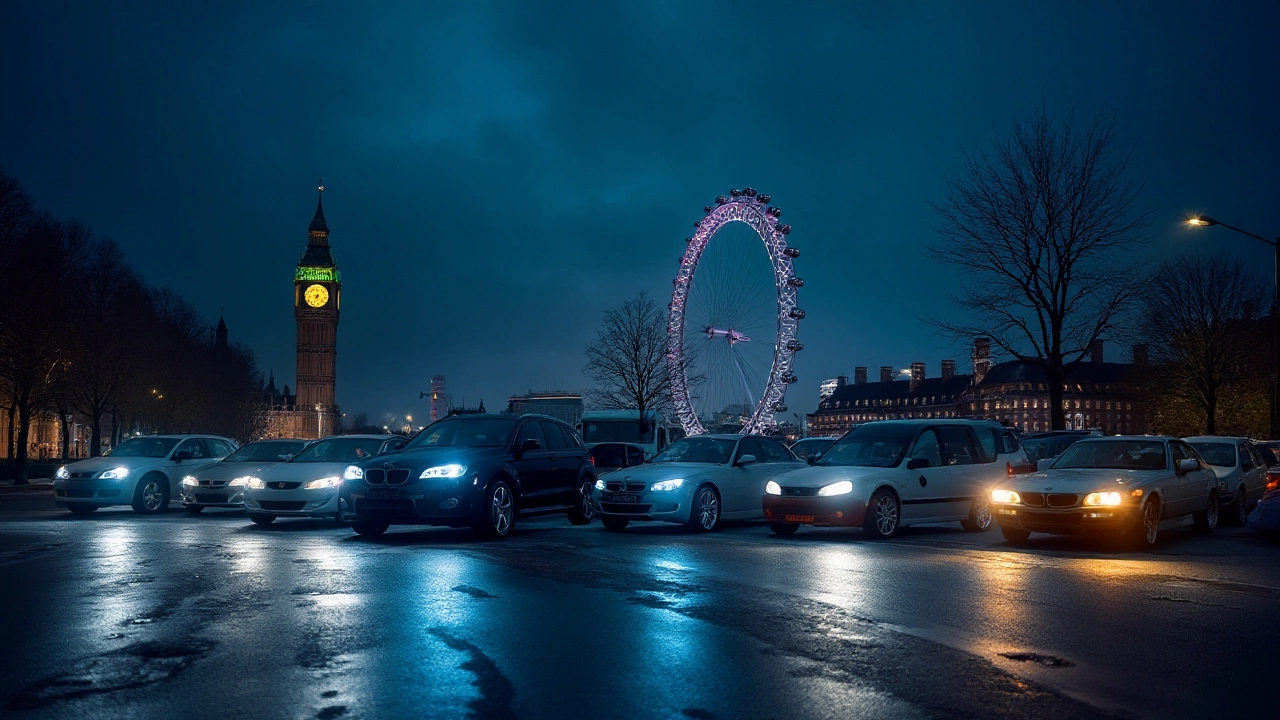Headlight Regulations: Simple Guide for UK Drivers
Ever had a police officer flash you for bright or weird looking lights? You’re not alone. Headlights are a must‑have safety feature, but they also come with rules you can’t ignore. This guide breaks down the basics so you stay legal and keep the road safe.
Legal Basics for Headlights
In the UK, headlights must be white or amber (for fog lights) and can’t have any colour tint that changes the light colour. Yellow headlights are allowed on older cars, but new builds need white. The light intensity is limited – you can’t use ultra‑bright LEDs that exceed the approved wattage. Anything that looks like a “laser” to on‑lookers will get you stopped.
Beam pattern matters too. Low beams should stay low and not dazzle oncoming traffic. High beams can be used at night on dark roads, but you must dip them when another vehicle is within 200 metres. If your car has automatic dimming, make sure it works properly – a faulty system can be a legal issue.Positioning is simple: headlights need to be level and aimed straight ahead. If they point too high, they blind other drivers; too low and they don’t light the road. A quick alignment check can be done by parking on a wall and measuring the top of the beam spot – it should be just below the headlight height.
Common Mod Mistakes and How to Stay Legal
Many car owners love LED or HID upgrades for a modern look. The problem is not all kits are type‑approved. Before you buy, look for a CE mark or a ‘type‑approved’ label. If you’re unsure, have a professional fit the lights and check the beam pattern with a handheld beam tester.
Tinted headlamps might look sleek, but they’re illegal unless the tint is specifically approved. The same goes for smoked lenses on fog lights – they must stay clear. If you’ve already fitted them, replace the lenses or get them checked at a MOT centre.
Cleaning your headlights regularly doesn’t break any rules, but using harsh chemicals can damage the lens and affect light output. Stick to a mild glass cleaner and a soft cloth. A clear lens helps you stay within the legal brightness range.
Before an MOT, give your lights a quick visual check. Turn them on, walk around the car and look for cracks, fogging, or loose bulbs. If anything looks off, replace it now – a MOT failure on lights will cost you extra time and money.
Got a ticket for headlight violations? Don’t ignore it. The notice will tell you what part of the law was broken. Usually, you can avoid a fine by fixing the issue and providing proof of compliance. Keep receipts and photos of the corrected lights in case you need to appeal.
Bottom line: stick to white or amber, keep brightness within approved limits, aim your beams correctly, and only use approved upgrades. Follow these quick checks and you’ll drive without worrying about a ticket or compromising safety.
LED bulbs are becoming more popular for car headlights due to their efficiency, but not all are street legal. This article explores the reasons behind this, including regulations, safety concerns, and technical differences that play a role in their legality. Find out what makes certain LED headlights compliant and others not, and learn about tips for choosing the right lighting for your vehicle.
Choosing the right color for your LED headlights isn't just about personal preference; it involves understanding legal restrictions and implications for safety. This article sheds light on which LED headlight colors are legal, the reasons behind these laws, and the advantages of using specific colors. By delving into both the technical and regulatory aspects, readers will gain a comprehensive understanding of how to make an informed decision for their vehicle lighting needs.


